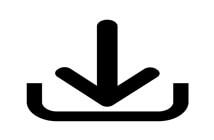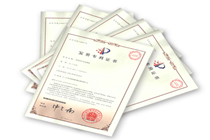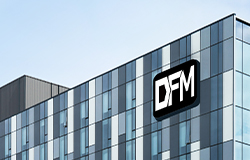With the increasingly fierce competition in the global market, companies need to constantly innovate and expand their business in the pursuit of growth. In this process, the adoption of OEM (Original Equipment Manufacturer) and ODM (Original Design Manufacturer) models has become one of the key strategies for the success of many enterprises. In this paper, we will discuss how OEM and ODM have become important strategies for accelerating business development and analyze their advantages in improving competitiveness, lowering costs, and increasing market responsiveness.

Improving Competitiveness
The OEM and ODM models allow companies to focus on their core business and outsource their non-core business to specialized manufacturers. By entrusting production to specialized manufacturers, enterprises can free up more resources for R&D, marketing, and brand building. This helps improve competitiveness as companies can focus more on innovation and improving product quality, thus attracting more consumers.
Cost Reduction
Adopting the OEM vs ODM model also helps to reduce a company's production costs. Specialized manufacturers usually have economies of scale and advanced production technologies that enable them to produce large quantities of products at lower costs. Through rational supply chain management, enterprises can optimize the cost of the entire process from raw material procurement to production and distribution. This cost advantage enables companies to offer more competitive prices in the market and attract more consumers.
Improve market reaction speed
Market competition is fierce and product life cycles are constantly shortening, so it is crucial to respond quickly to changes in market demand. Adopting the OEM and ODM models can greatly reduce the time-to-market of products. Specialized manufacturers have the efficient production processes and experience to respond quickly to customer needs and provide customized products. This flexibility allows companies to launch new products faster and seize market opportunities.
Risk Sharing
Compared with traditional production models, OEM and ODM models can share the risk of the enterprise to a certain extent. Since the manufacturer is responsible for the production and quality control of the product, companies can better manage the risks associated with market fluctuations and demand uncertainty. This risk-sharing model makes enterprises more flexible and easier to adapt to market changes.
Our products, your brand Our team supports the customization of your smart home or smart building devices. Simply choose from our portfolio of products. From laser engraving to packaging, your products will be quickly customized at a lower cost. Your product will be well recognized in the market and compatible with your solution or ecosystem. We promise that our products will meet your quality requirements and be successfully launched on the market.
Conclusion
To summarize, OEM and ODM, as key strategies for enterprise development, provide strong support for enterprises to occupy a favorable position in global competition through the advantages of improving competitiveness, reducing costs, improving market response speed, and risk sharing. However, enterprises still need to be careful when choosing partners and establish a close cooperative relationship to ensure that both parties can work together to achieve a long-term win-win situation. By flexibly utilizing the OEM and ODM modes, enterprises will be better able to adapt to market changes and achieve sustainable development.

 CN
CN








 Home
Home DFM
DFM  Jan 16,2024
Jan 16,2024 
 Five core competitive advantages of high-tech enterprises
Five core competitive advantages of high-tech enterprises 
 Jan 11,2024
Jan 11,2024 















